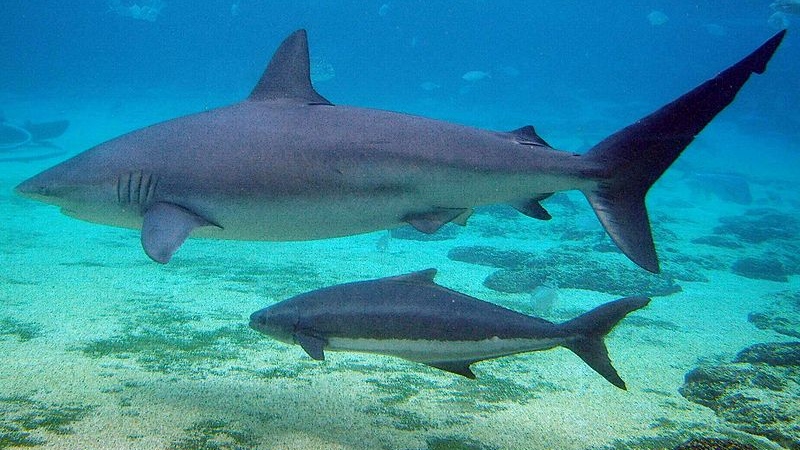Tribe hunts shark species to local extinction

Indigenous tribes of the Gilbertese Islands in the Republic of Kiribati hunted two separate shark species into local extinction during the 19th Century.
The Gilbertese Islands are filled with a diverse ecosystem of animals and plants, but scientists have found shark teeth in 19th century weaponry that don’t come from any sharks currently inhabiting the region. The Spot-Tail and Dusky shark species are present in other area of the world, but not in the Gilbertese Islands.
The local people have hunted and used shark parts for their weapons and other gears for centuries, but it wasn’t until scientists examined the weapons housed in the Field Museum of Natural History that they discovered the shark teeth.
They theorize the local people hunted the shark species to the point that they no longer had a sustainable ecosystem in the area. The shark species were present during the latter half of the 19th Century, but has since completely disappeared from the area.
The group hopes a recently published study about the sharks will highlight the impact humans have on the natural ecosystem around them. Humans have long been considered responsible for the extinction of several bird and other animal species, but this is one of the few times there is actual scientific evidence to back up the claims.
Who knows how many other shark and native fish species were forced into local extinction by the people due to overfishing. Sharks may not be as cute and cuddly as other ocean dwelling creatures, but they are an important part of the food chain.
It’s possible that the elimination of the two shark species had a tremendous impact on the ecosystems of the area. While there has been significant coverage of human’s impact on the environment including pollution of land and sea, we can’t forget about the negative impact we have on animal species as well.
Photo courtesy of bc.ctvnews.ca
0 comments